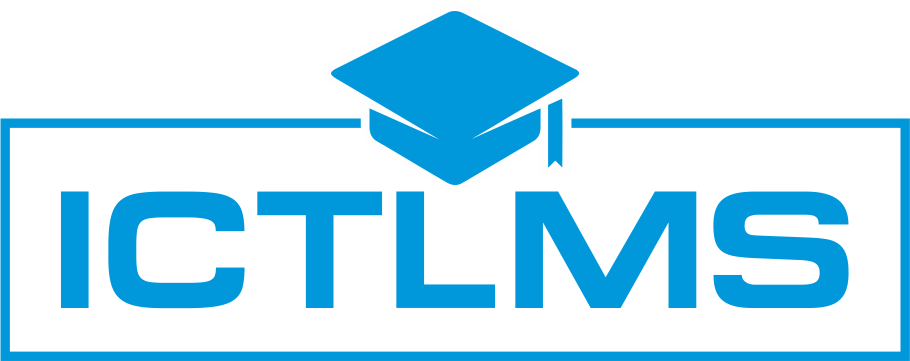A learning management system (LMS) is a software application that helps organizations deliver, track, and manage training and education. LMSs can be used to deliver a variety of learning content, including courses, modules, videos, and assessments. They can also be used to track student progress, provide feedback, and manage instructor workload.
LMSs are becoming increasingly popular as organizations look for ways to improve the efficiency and effectiveness of their training programs. They offer a number of benefits, including:
- Increased flexibility: LMSs allow learners to access training content from anywhere, at any time. This makes it possible for organizations to offer training to employees who are located remotely or who have busy schedules.
- Improved tracking: LMSs track student progress and provide detailed reports on learning outcomes. This information can be used to identify areas where learners need additional support and to make sure that training programs are meeting their objectives.
- Reduced costs: LMSs can help organizations to reduce the costs of training by eliminating the need for printed materials and classroom instruction.
How an LMS Works
An LMS typically consists of the following components:
- A content repository: This is where the learning content is stored. The content can be in a variety of formats, including text, images, videos, and assessments.
- A user management system: This system tracks users and their permissions. It allows organizations to create different user roles, such as learners, instructors, and administrators.
- A reporting system: This system provides reports on learning outcomes, such as completion rates, test scores, and time spent on each learning activity.
- A communication system: This system allows users to communicate with each other and with instructors.
Benefits of Using an LMS
As mentioned above, there are a number of benefits to using an LMS. These benefits include:
- Increased flexibility: LMSs allow learners to access training content from anywhere, at any time. This makes it possible for organizations to offer training to employees who are located remotely or who have busy schedules.
- Improved tracking: LMSs track student progress and provide detailed reports on learning outcomes. This information can be used to identify areas where learners need additional support and to make sure that training programs are meeting their objectives.
- Reduced costs: LMSs can help organizations to reduce the costs of training by eliminating the need for printed materials and classroom instruction.
- Increased engagement: LMSs can help to increase learner engagement by providing interactive and engaging learning content.
- Improved collaboration: LMSs can help to improve collaboration between learners and instructors by providing a space for them to communicate and share ideas.
Types of LMSs
There are two main types of LMSs: cloud-based and on-premises.
- Cloud-based LMSs: These LMSs are hosted by a third-party provider and accessed over the Internet. Cloud-based LMSs are typically more affordable than on-premises LMSs and require less maintenance.
- On-premises LMSs: These LMSs are installed on a company’s own servers and are not accessed over the Internet. On-premises LMSs offer more control over security and data privacy, but they can be more expensive to set up and maintain.
Choosing an LMS
There are a number of factors to consider when choosing an LMS, including:
- The size and needs of your organization: If you have a small organization, you may not need a complex LMS with a lot of features. However, if you have a large organization with complex training needs, you will need an LMS that can accommodate your needs.
- The type of training you will be delivering: If you will be delivering online courses, you will need an LMS that can support the delivery of this type of content. If you will be delivering blended learning courses, you will need an LMS that can support both online and classroom instruction.
- Your budget: LMSs can range in price from a few hundred dollars to a few thousand dollars per year.
